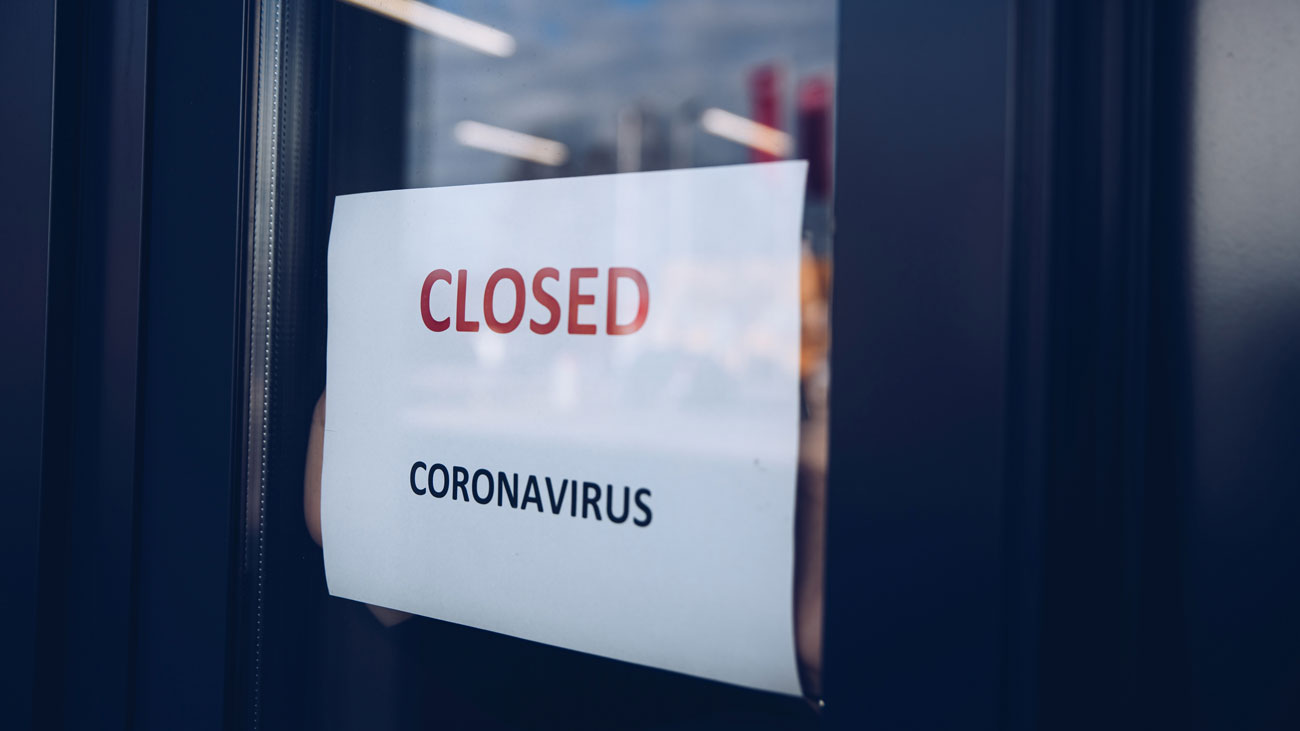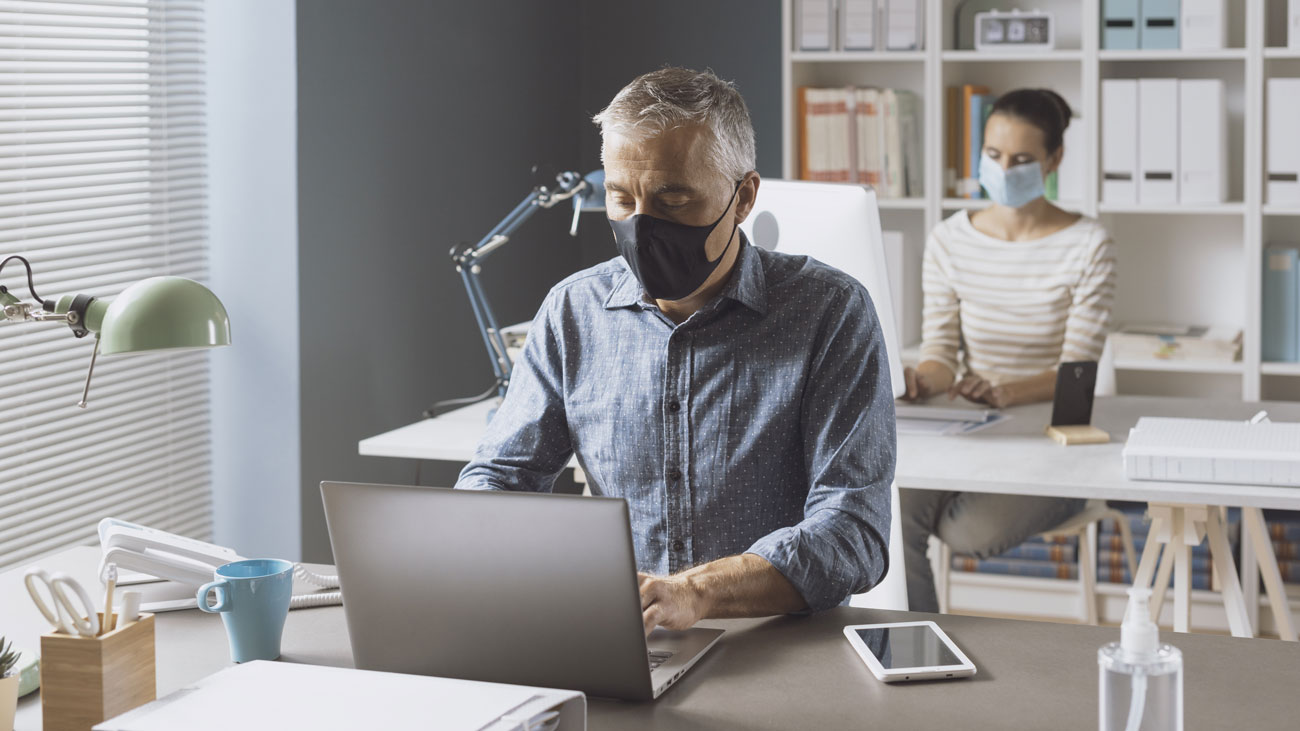
PPE for women: industry fights for equality
Personal Protective Equipment (PPE) is primarily designed based on anthropometric data (the scientific study of the measurements and proportions of the human body) that historically has been derived from male body measurements. This poses challenges for women, as there are anatomical and physiological differences between men and women. The lack of proper design for women in PPE can result in ill-fitting equipment, reduced comfort and compromised safety.
Several reasons contribute to the underrepresentation of women in the design and production of PPE.
- Historical bias: Traditionally, industries like construction, manufacturing and other sectors where PPE is essential have been male-dominated. This led to a focus on developing PPE based on male body proportions and sizes.
- Limited data for female measurements: Until recent times, there has been insufficient data on female body measurements in many industries. The lack of comprehensive anthropometric data for women made it challenging to create PPE that caters to their specific needs.
- Cost considerations: Designing PPE that accommodates different body shapes and sizes can be more expensive due to the need for additional sizes and variations. As a result, manufacturers might prioritise standard sizes that cater to the majority (often male sizes) to keep production costs lower.
- Safety standards based on male bodies: Safety standards and regulations have historically been based on male measurements, further perpetuating the cycle of PPE that may not adequately fit women.
However, in recent years, there has been an increased awareness of these issues. Efforts are being made to address the lack of inclusivity in PPE design.
- Research and data collection: More studies and initiatives are underway to gather comprehensive anthropometric data for women across various industries. This data is crucial in designing PPE that fits a diverse range of body types.
- Advocacy and awareness: Organisations and advocacy groups are raising awareness about the need for gender-inclusive PPE. They're pushing for standards that consider both male and female body measurements to ensure better-fitting and safer equipment for all.
- Inclusive design: Some companies and manufacturers are actively working on creating PPE specifically designed for women. They are incorporating adjustable features, different sizes, and considering various body shapes to enhance comfort and safety for female users.
While progress is being made, there's still much work to be done to ensure that PPE adequately accommodates the diverse needs of both men and women across various industries. Collaboration between industries, researchers, manufacturers and regulatory bodies is crucial to achieving gender-inclusive PPE design.
Employers play a significant role in ensuring the safety and wellbeing of their employees, including providing appropriate PPE. Here are steps employers can take to address the issue of PPE not adequately designed for women:
- Assessment of needs: Conduct an assessment to understand the specific PPE needs of all employees, including women. This involves considering different body shapes and sizes to ensure that PPE fits all workers properly.
- Engage with employees: Encourage open communication with employees to understand their concerns regarding ill-fitting PPE. Create channels for feedback so that workers, including women, can express their challenges with existing gear.
- Source gender-inclusive PPE: Work with suppliers and manufacturers to source and provide a range of PPE sizes and designs that accommodate diverse body types. Seek out brands that specialise in gender-inclusive PPE or those offering a broader range of sizes.
- Education and training: Provide training and education sessions on the importance of PPE, proper usage and the need for a good fit. Include information on the potential hazards of ill-fitting equipment and encourage employees to report issues.
- Customisation and adjustments: Consider offering options for customisation or adjustments to standard-issue PPE to better suit individual needs. This might involve providing resources or assistance for tailoring or modifications.
- Policy and compliance: Review existing policies to ensure they reflect the need for gender-inclusive PPE and compliance with updated safety standards that consider diverse body types.
- Regular reviews and updates: Continuously evaluate the effectiveness of the provided PPE. Gather feedback from employees and make necessary adjustments or updates to improve the fit and comfort of the equipment.
- Support research and development: Support or collaborate with research initiatives aimed at improving the design and production of gender-inclusive PPE. This might involve partnerships with universities, research institutions or industry experts.
- Lead by example: Demonstrate a commitment to inclusivity and safety by actively promoting gender-inclusive PPE and fostering a culture that prioritises the wellbeing of all employees.
A petition fighting to amend the Personal Protective Equipment at Work Regulations 1992 to require employers to take into account the specific needs of female employees in respect of PPE, and ensure that appropriate PPE is provided, is available to sign here.
Availability of PPE
While it might be difficult to obtain, PPE for women is available.
According to the National Association of Women in Construction (NAWIC), women’s specific workwear and PPE has been available on the market for a number of years, and is constantly evolving, yet 59.6% of employers do not provide women’s PPE, as of August 2023 (NAWIC, 2023).
It says the biggest perceived barrier to women receiving well-fitting PPE is cost, as women’s PPE costs more than men’s PPE. Other perceived barriers include availability and stock, the ‘one size fits all’ stigma, lack of awareness of suppliers and lack of awareness of the issues associated with ill-fitting PPE.
The NAWIC Yorkshire Women's PPE campaign aims to raise awareness of the women's personal protective equipment that is available on the market. 59.6% of women are having to wear PPE that is designed for men (NAWIC Yorkshire, 2023), which has a number of impacts on self-confidence, perceived professionalism, as well as health and safety hazards, despite the products being available on the market.
NAWIC says:
“Behind the scenes, we are in communication with a number of industry-leading organisations and construction frameworks to encourage them to change their codes of conduct, spread awareness, and raise their minimum standards of H&S assessment to enforce companies to take action on the provision for women's PPE. In addition to this, we are targeting individual work-wear retailers and builder's merchants to encourage them to make women's PPE available in their stores.”
The product diversity of women’s PPE is constantly evolving, with new pieces being introduced regularly by manufacturers, albeit there is a larger range of PPE for men than women.
According to NAWIC, high visibility clothing for women is available, including vests, coats, polo shirts, trousers and overalls, all designed specifically for the female form. It’s important to note that high visibility clothing specific for pregnancy and modesty is also available, including polo shirts and trousers for pregnancy, and long-sleeved shirts for modesty. Both are areas of PPE that are constantly evolving.
Safety footwear is another item which is available, designed specifically for the female form. There are, unfortunately, limits on the sizing of safety footwear due to the way in which the regulations for PPE testing is set up.
Areas where the range of women’s specific PPE is sparce include hard hats, harnesses, eye protection and ear protection.
The Chartered Institute of Building (CIOB) has launched a major new initiative to address widespread inequalities in PPE provision across the construction industry.
The #PPEthatfits campaign will drive awareness around the lack of inclusive PPE in the market and consider how this is impacting health and safety on site, while also hampering the industry’s ability to attract and retain a more diverse workforce. The campaign also features a directory of suppliers who provide #PPEthatfits and this will be updated regularly.
The campaign defines #PPEthatfits as:
“PPE that fits the wearer properly, regardless of their gender, culture, religion, size or shape, is safe, and compliant with health and safety regulations.”
The three key objectives of the campaign are:
- Construction organisations to ask suppliers to provide #PPEthatfits for their workforce.
- PPE manufacturers to make #PPEthatfits.
- Manufacturing standards for PPE to address gender, religious, cultural considerations.






